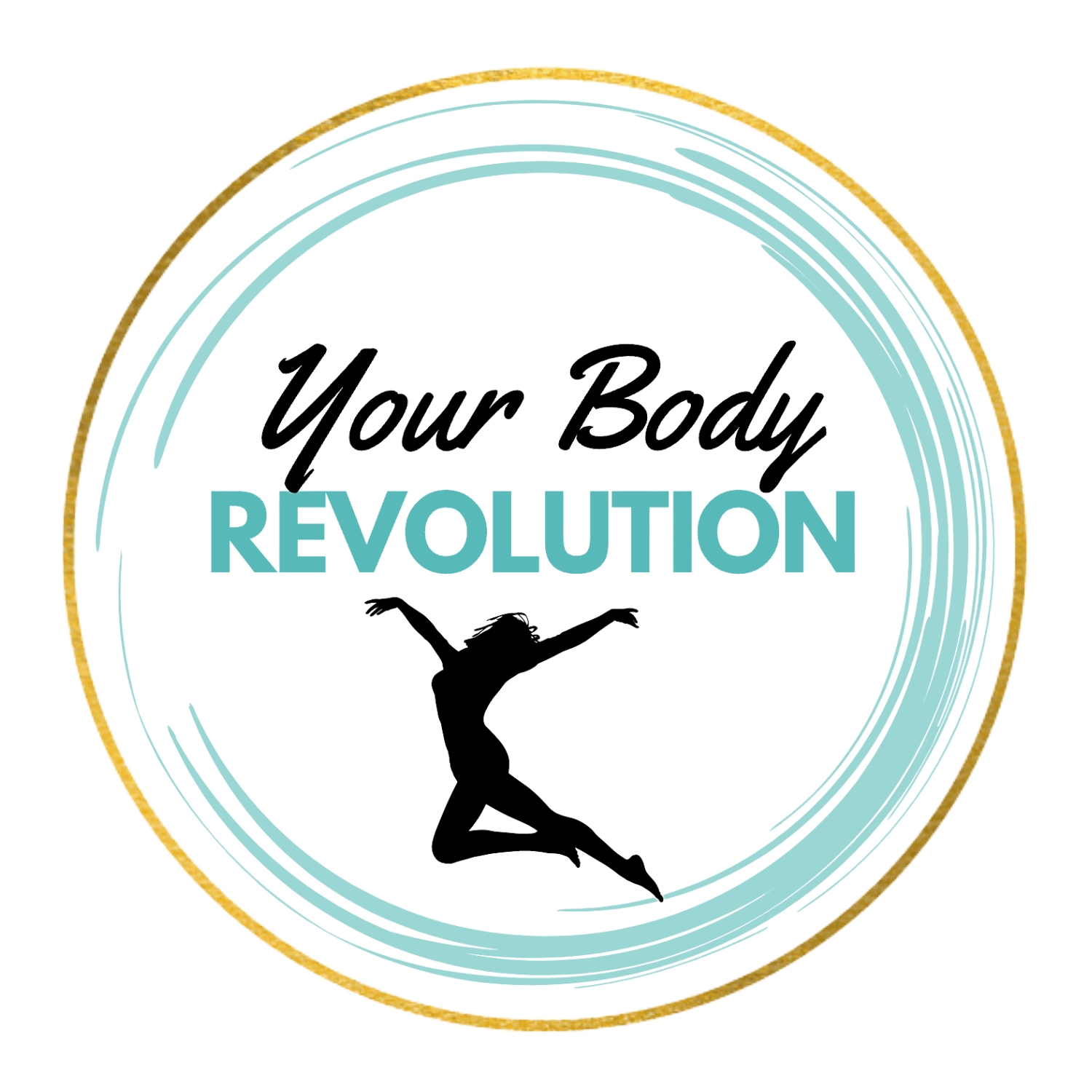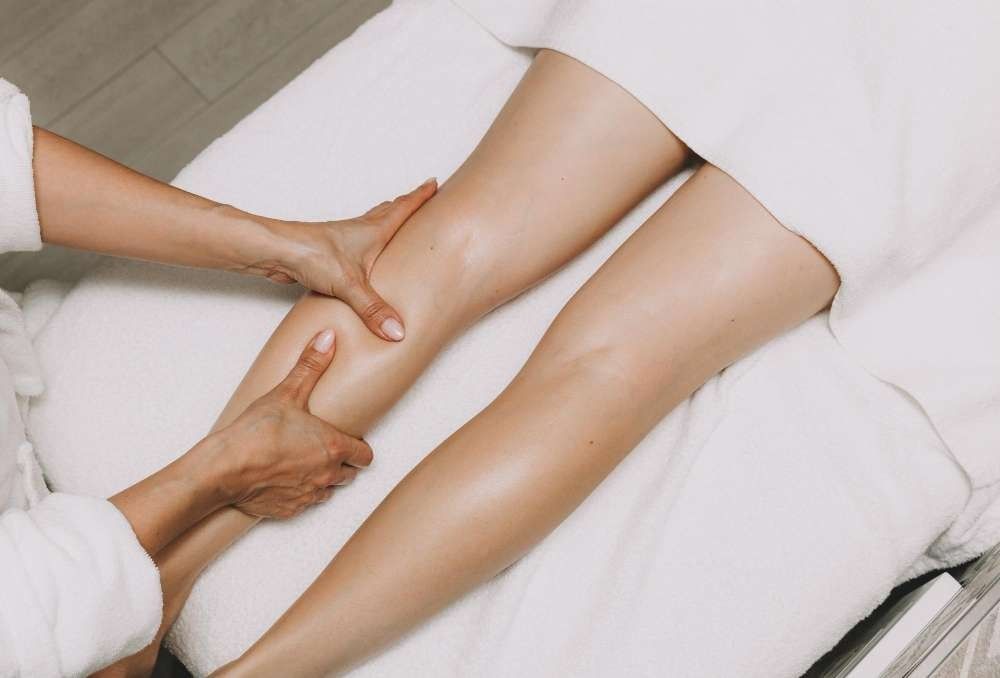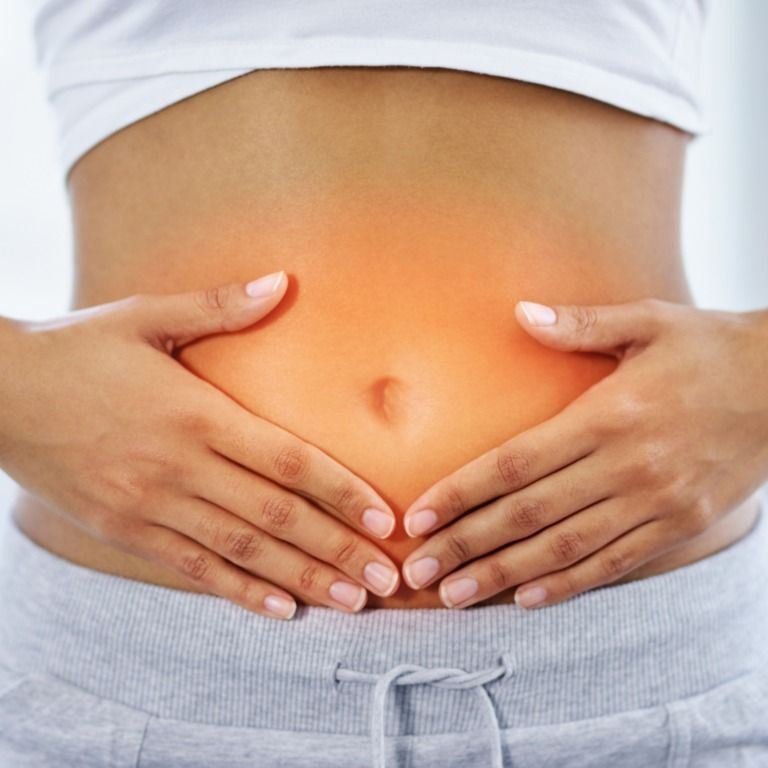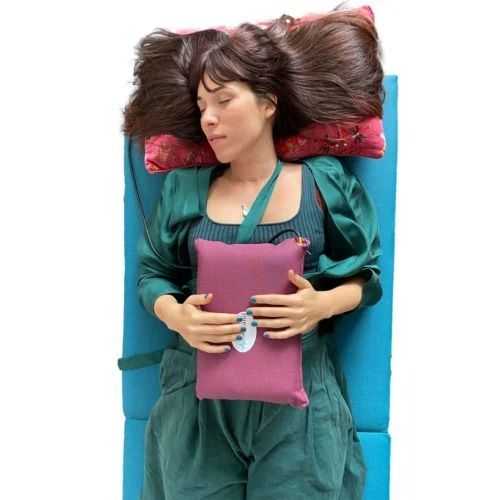Understanding the Lymphatic System – Your Body’s Unsung Hero in Health and Wellness
Understanding your lymphatic system: Your body's unsung hero in health and wellness
INTRODUCTION
Ever wondered how your body keeps itself clean and healthy from the inside out? While your circulatory system gets a lot of credit for pumping blood and nutrients, there’s another incredible network working tirelessly behind the scenes: the lymphatic system.
Often overlooked, this vital system plays a crucial role in maintaining fluid balance, fighting infections, and absorbing fats. But what happens when this intricate system isn’t flowing as it should? This blog post will delve into the world of the lymphatic system, explore conditions like lipedema and lymphedema, and reveal practical ways to promote healthy lymphatic flow for overall well-being.
Get ready to give your lymphatic system the attention it deserves!

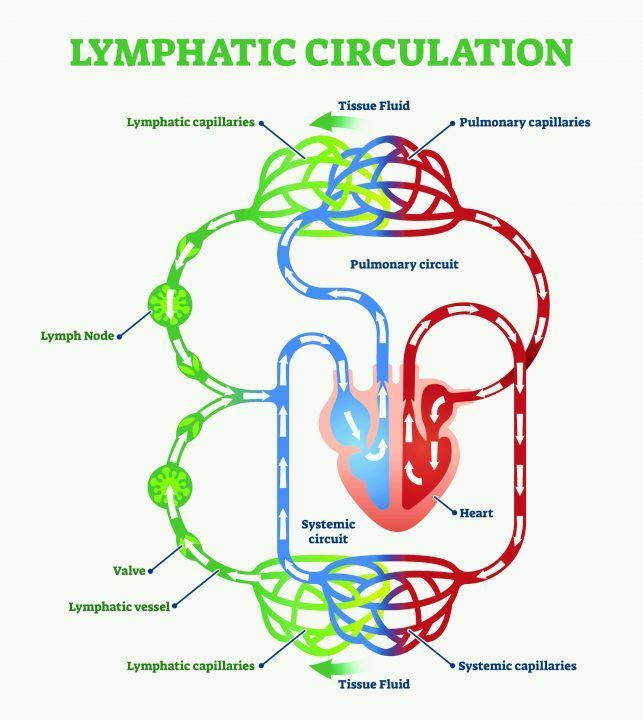
LIPEDEMA: WHEN FAT ACCUMULATION MEETS LYMPHATIC CHALLENGES
Lipedema is a chronic condition characterized by the abnormal accumulation of painful adipose tissue, or fat, primarily in the lower part of the body, often affecting the buttocks, thighs, and calves. It’s a condition that predominantly affects women, with estimates suggesting up to 11% of women may experience it. While not directly a lymphatic system disorder in its early stages, lipedema can significantly impact the lymphatic system as it progresses.
THE STAGES OF LIPEDEMA AND THE LYMPHATIC CONNECTION
Understanding the progression of lipedema is crucial, as its later stages directly involve the lymphatic system, leading to a combined condition known as lipolymphedema.
Here’s a breakdown of the stages:
- Stage 1: Characterized by smooth skin with an increase of enlarged subcutaneous
fat tissue, typically around the pelvis, buttocks, hips, and extending to the knees
and ankles. At this stage, the lymphatic system may not be visibly affected, but the
increased fat can put pressure on lymphatic vessels. - Stage 2: The skin becomes uneven with indentations and larger mounds of fat
tissue (lipomas) that can be seen and felt. The fat accumulation is more
pronounced, and while the lymphatic system might still be functioning, its
efficiency can be compromised due to the growing fat deposits. - Stage 3: Large extrusions of fat tissue cause deformations, especially on the thighs
and around the knees. This stage presents significant challenges to the lymphatic
system as the sheer volume of fat can impede proper lymphatic drainage. - Stage 4: Lipolymphedema: This is the most severe stage, where both lipedema
and lymphedema are present. Large overhangs of tissue develop on the legs and/
or arms, indicating significant functional impairment of the lymphatic system. It’s
important to note that lymphedema can be present at all stages of lipedema, not
just Stage 4, highlighting the close relationship between the two conditions and
the importance of early lymphatic support.
Key takeaways regarding lipedema and its lymphatic implications include its chronic and progressive nature, the common presence of pain and tenderness, and its significant impact on quality of life and mobility. The condition’s progression underscores the need to consider lymphatic health throughout all stages of lipedema management.
LYMPHEDEMA: A DEEPER DIVE INTO LYMPHATIC DYSFUNCTION
While lipedema can impact the lymphatic system, lymphedema is a condition directly caused by a blockage or impairment in the lymphatic system itself, leading to swelling in the arms or legs. The International Society of Lymphology categorizes lymphedema into four stages, emphasizing the progressive nature of this lymphatic disorder.
THE STAGES OF LYMPHEDEMA: UNDERSTANDING LYMPHATIC IMPAIRMENT
- Stage 0 (Latent or Subclinical): At this initial stage, there is no visible swelling or pitting, but the lymphatic system is already compromised. Individuals might experience mild tingling or a slight heaviness in the affected area. Early detection and intervention are crucial here to prevent progression of lymphatic dysfunction.
- Stage 1 (Early or Mild Lymphedema): Visible swelling begins to appear, and a temporary small dent (pit) may form when the skin is pressed. This stage is considered reversible, meaning the swelling can return to normal with elevation. However, there’s a higher risk of developing more moderate lymphedema if not managed properly, highlighting the importance of supporting the lymphatic
system. - Stage 2 (Moderate Lymphedema): Swelling becomes more persistent, and elevation no longer helps reduce it. The tissue under the skin may start to harden and thicken due to inflammation and scarring. While tissue damage is not reversible at this stage, the condition can still be managed with appropriate
lymphatic treatments. - Stage 3 (Severe Lymphedema): This is the most advanced stage, characterized by severely enlarged and misshapen limbs with hardened, thickened skin. The lymphatic system is significantly impaired, and there’s an increased risk of infection. Though relatively rare in some populations, this stage underscores the critical need for comprehensive lymphatic care.
Key points about lymphedema emphasize its chronic nature and the importance of early detection and treatment for better outcomes. While Stage 1 is reversible, Stages 2 and 3 involve permanent tissue changes, making consistent lymphatic management vital.
The increased risk of infection in advanced stages further highlights the protective role of a healthy lymphatic system.
BOOSTING YOUR LYMPHATIC FLOW: PRACTICAL TIPS FOR A HEALTHIER YOU
The lymphatic system is often called your body’s “garbage disposal” for good reason! It’s a crucial part of your immune system, diligently working to remove toxins and waste from your body tissues. Unlike your circulatory system, which has the heart as a powerful pump, your lymphatic system relies on physical movement and other clever techniques to circulate lymphatic fluid. So, how can you give your lymphatic system a helping hand?
SIGNS OF A SLUGGISH LYMPHATIC SYSTEM:
Before we dive into solutions, how do you know if your lymphatic system might be feeling a bit sluggish? Keep an eye out for these common signs.
- Headaches
- Swelling and bloating
- Difficulty fighting off infections
- Soreness and stiffness
- Allergies and repeated sinus infections
- Brain fog
- Skin issues
- Puffy, swollen ankles or hands
- Chronic sinus infections
- Fatigue
If any of these sound familiar, don’t fret! There are many ways to get your lymphatic flow back on track.
TOP TECHNIQUES TO PROMOTE LYMPHATIC FLOW
1: EXERCISE AND MOVEMENT.
Your Lymphatic System’s Best Friend since the lymphatic system doesn’t have its own pump, physical activity is paramount for circulating lymphatic fluid. Think of it as giving your lymphatic system a gentle squeeze and release with every move you make! Here are some fantastic exercises for stimulating your central lymphatics:
- Shoulder Rolls: These simple movements stimulate lymphatic flow from your head, neck, and shoulder region towards your central lymphatics. Sit or stand upright, shrug your shoulders forward and upward, then circle them back and down. Aim for 5-10 circles in each direction.
- Cat-Cow Stretches: This yoga-inspired stretch combines spinal mobility with the activation of truncal muscles, giving your lymphatic system a lovely internal massage. Start on your hands and knees, round your back towards the ceiling (cat), then drop your belly towards the floor (cow). Repeat 10-20 times.
- Diaphragmatic Breathing: This is arguably the most effective way to stimulate fluid movement through the thoracic duct of your central lymphatics. Lie on your back with legs elevated, place hands on your abdomen, inhale slowly through your nose allowing your stomach to rise, pause, then exhale slowly through your mouth. Repeat 3-5 times.
- Walking: A simple yet powerful way to move lymphatic fluid throughout your entire body while increasing your heart rate. Start with 2-5 minutes and gradually build up to 20-30 minutes. If outdoor walks aren’t an option, marching in place works wonders too! Other beneficial exercises for your lymphatic system include rebounding (trampoline), yoga, swimming (the water pressure is especially helpful!), and any regular, consistent exercise.
2: HYDRATION
Keep Your Lymphatic Fluid Flowing Dehydration is a big no-no for your lymphatic system! It can lead to lymphatic congestion. Aim to drink at least 2 liters of pure water daily. Water is essential for producing lymphatic fluid and keeping it flowing freely, helping your body flush out those unwanted toxins.
3: NUTRITION AND DIET: FUELLING YOUR LYMPHATIC HEALTH
What you eat significantly impacts your lymphatic system. Focus on anti-inflammatory foods that support overall health. Remember to maintain adequate protein intake, reduce sodium, and opt for alkaline foods rich in vitamins, minerals, and nutrients to keep your lymphatic system happy.
Include: Cruciferous vegetables (broccoli, cauliflower, Brussels sprouts), leafy green vegetables, berries and antioxidant-rich fruits, Omega-3 rich , Omega-3 rich foods (wild salmon, sardines), healthy fats (olive oil, avocados, coconut oil, nuts, seeds), and herbs and spices (turmeric, ginger, garlic, rosemary).
Avoid: Processed foods, sugar, refined vegetable oils, conventional meat, caffeine, alcohol, and diuretics (especially for lymphedema management).
4:
MANUAL LYMPHATIC DRAINAGE (MLD): A GENTLE TOUCH FOR LYMPHATIC FLOW
MLD is a gentle form of massage that uses light pressure and strategic techniques to coax excess lymphatic fluid from swollen tissues towards your lymph nodes. Professional treatments are highly effective, but you can also practice self-lymphatic massage at home. Use the flats of your hands (not fingertips) and massage towards areas of functioning lymph nodes (like armpits, neck, groin) with gentle pressure and movements.
5: LIFESTYLE MODIFICATIONS: EVERY DAY LYMPHATIC SUPPORT
Small changes in your daily routine can make a big difference for your lymphatic system:
- Clothing Choices: Opt for loose, comfortable clothing. Avoid tight bras, especially since many lymph nodes are in the armpit/chest area. Wireless bras are a great choice to allow lymphatic fluid to move freely.
- Deep Breathing Practices: Beyond diaphragmatic breathing, simply focusing on deep breaths creates a pumping action that aids lymphatic flow. It changes pressure in your abdomen, helping your lymphatic system transport toxins.
- Reduce Toxic Load: Less toxins in your environment mean less work for your lymphatic system! Choose natural cleaners, personal care products, and cosmetics. Consider water filters and air purifiers to minimize exposure to environmental toxins.
6:
THERAPEUTIC TECHNIQUES: EXTRA BOOSTS FOR YOUR LYMPHATIC SYSTEM
- Dry Brushing: Before showering, brush your dry skin with a natural bristled brush
towards your heart in long, smooth strokes. This opens pores, exfoliates, and
stimulates lymphatic movement. - Contrast Showers (Hot + Cold): Alternating between hot and cold water creates a
pumping action that forces lymphatic movement by dilating and restricting blood
vessels. - Foam Rolling: Reduces muscle soreness and stimulates lymphatic drainage by
breaking up fluid buildup around fascia. You can also use jade rollers for facial
lymphatic drainage.
7:
COMPRESSION THERAPY: EXTERNAL SUPPORT FOR LYMPHATIC HEALTH
Compression bandaging, garments, or pneumatic compression devices can help move lymphatic fluid in peripheral lymphatics, providing external support to a struggling lymphatic system.
8.
POSITIONING AND ELEVATION: SIMPLE LYMPHATIC AIDS
Elevating affected limbs when possible (especially for Stage 1 lymphedema) and using proper positioning during rest (e.g., with pillows) can significantly aid lymphatic drainage.
Key Principles for Optimal Lymphatic Health
To truly nurture your lymphatic system, remember these principles:
- Consistency: Regular, daily practices are far more effective than occasional intensive treatments.
- Gentle Approach: The lymphatic system responds best to gentle, sustained pressure, not aggressive techniques.
- Holistic Approach: Combine multiple techniques for the best results. Your lymphatic system thrives on a multi-faceted approach.
- Individual Adaptation: Modify techniques based on your personal limitations and conditions.
- Professional Guidance: For serious conditions, seek certified lymphatic drainage therapists. They are experts in guiding your lymphatic health journey.
By understanding and supporting your incredible lymphatic system, you’re not just addressing specific conditions like lipedema or lymphedema; you’re investing in your overall health, immunity, and vitality.
So, go forth and get your lymphatic flow going!
